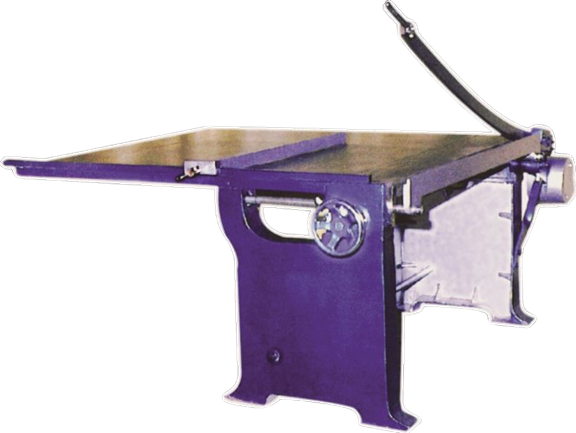Board Cutter
Products

Board Cutter
A board cutter is typically a tool or machine used to cut boards into desired shapes and sizes. There are several types of board cutters, each with its own features and applications. Some common board cutting tools and machines include:
Circular Saw:
- Circular saws are handheld power tools with a circular blade that can cut through various types of boards.
- They are versatile and can be used for both straight and curved cuts.
- Features may include adjustable depth and bevel settings.
Table Saw:
- Table saws are stationary machines with a flat table and a rotating circular blade.
- They are used for making straight and precise cuts in boards.
- Features often include fence systems for accurate cutting.
Jigsaw:
- A jigsaw is a handheld power tool with a reciprocating blade that can cut curves and intricate shapes.
- It’s suitable for cutting boards into irregular shapes and patterns.
Miter Saw (Mitre Saw):
- A miter saw is used for making angled cuts, especially for framing and molding.
- It can be adjusted for various angles and bevel cuts.
Scroll Saw:
- A scroll saw is a stationary machine that is great for intricate, detailed cuts in thin boards, typically used in woodworking and crafts.
CNC Router:
- Computer Numerical Control (CNC) routers are automated machines used for precision cutting of boards, often for more complex and intricate designs.
- They are controlled by a computer program and can handle various materials.
Foam Board Cutter:
- Specifically designed for cutting foam boards and similar materials.
- May have heated wire or blade options for clean cuts.
Plastic Board Cutter:
- Tailored for cutting plastic boards and sheets.
- Some models offer special blades for different plastic types.
Features of board cutters can vary depending on the type and model. Some common features to consider when selecting a board cutter include:
- Cutting capacity (thickness and size of boards it can handle).
- Blade type and size (e.g., circular, reciprocating, or specialized blades).
- Bevel and miter cutting capabilities.
- Safety features, such as blade guards and safety switches.
- Dust collection systems to keep the workspace clean.
- Portability for handheld tools.
- Precision and accuracy for detailed work.
- Power source (corded or cordless for handheld tools).
When choosing a board cutter, it’s essential to consider the specific material you intend to cut, the type of cuts required, and your safety needs. Additionally, always follow safety guidelines and wear appropriate protective gear when using cutting tools and machines.
- 45″x 62″
- 55″ x 62″
- 65″ x 70″
- 42″
- 52″
- 62″
- 62″
- 62″
- 70″
- 18″
- 18″
- 18″

